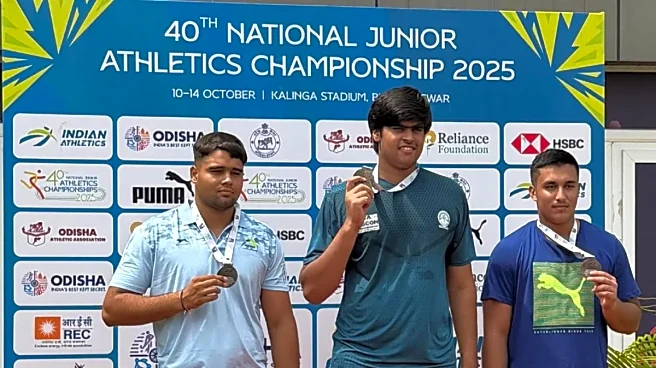This Diwali, the sound of celebration isn’t just echoing through India’s metros, it’s lighting up the skies of Tier-2 and Tier-3 cities across the country. From Ayodhya’s grand Deepotsav to the cultural lanes of Jaipur and Lucknow, smaller cities are taking center stage in India’s festive travel narrative. The heartland, once seen as a starting point for travellers heading to larger destinations, is now emerging as the destination itself, vibrant, experiential, and proudly rooted in tradition.
According to Dr Vikas Katoch, Founder and CEO, Adotrip, this shift is more than just a passing trend, it’s a reflection of a deeper transformation in how India celebrates.
“This year, Tier-2 cities are truly at the heart of India’s festive travel boom,”
he says. “Ayodhya’s Deepotsav has evolved into one of the biggest Diwali celebrations in the country, drawing thousands of travellers from across India and abroad. The event’s scale, combined with improved infrastructure and cultural pride, has made it both a spiritual and experiential hotspot.”
Katoch adds that smaller towns like Jaipur, Indore, Lucknow, and Coimbatore are seeing Diwali celebrations that rival and sometimes outshine those in the metros. “Increased disposable incomes, better connectivity, and aspirational lifestyles are transforming the way smaller towns celebrate Diwali,” he explains. “People now have both the means and the mindset to explore not just to visit family, but to celebrate through experiences.”
A Travel-Tech Boom Rooted in Culture
What’s fueling this festive wanderlust? Both experts point to a convergence of digital inspiration, rising affluence, and cultural rediscovery.
“From a travel-tech lens, these cities represent the fastest-growing demand pockets,” says Katoch. “With social media and online communities shaping travel inspiration, we’re seeing a 30–40% rise in festive bookings from Tier-2 markets this year. Destinations like Ayodhya, Jaisalmer, and Shimla are trending high.”
Echoing this, Govind Gaur, CEO of WanderOn, a D2C travel-tech company, reveals that the majority of their Diwali traffic now comes from smaller cities. “Around 60% of domestic travel demand during Diwali is coming from Tier-2 and Tier-3 cities,” Gaur says. “At WanderOn, nearly 70% of our domestic travel bookings are for these smaller towns. There’s remarkable interest in places like Lucknow, Ayodhya, Mysore, Shillong, Jaipur, and Udaipur, where people are looking to explore the lesser-known side of India during the festival.”
From Family Getaways to Cultural Immersions
Interestingly, the reasons people are travelling are as diverse as the destinations themselves. According to Gaur, many travellers are looking to reconnect with family or rediscover their cultural roots.
“A lot of people want quality time with loved ones, away from the daily hustle,” he says. “Younger travellers are especially keen to visit places like Ayodhya to connect with the roots of Indian festive culture. Some want to travel solo and experience the local cuisines and traditions firsthand.”
The result? A growing appetite for experiential, community-led travel. From attending Ayodhya’s grand Deepotsav to celebrating a mountain Diwali in Himachal or enjoying cultural stays in Rajasthan and Gujarat, India’s festive travellers are looking for meaning, not just movement.
“Travel today isn’t just about sightseeing,” Gaur notes. “It’s about collecting experiences — the kind you remember for a lifetime.”
A New Heartland of Festive Growth
For travel companies, this transformation represents an enormous opportunity. Katoch believes that Tier-2 India is not just catching up, it’s leading the way.
“The festivities are no longer limited to metros,” he says. “Tier-2 India is now defining how the country celebrates Diwali, vibrant, experience-led, and community-driven. That’s where the next phase of travel growth truly lies.”
As both Katoch and Gaur point out, this evolution is reshaping India’s tourism map. The new Diwali destinations are as much about emotion as they are about experience, hometowns reborn as travel hubs, traditions reimagined through modern celebration, and local economies glowing brighter with every diya lit.
In 2025, India’s festive spirit is decentralised, no longer bound by geography, but united by a shared desire to travel, connect, and celebrate meaningfully.
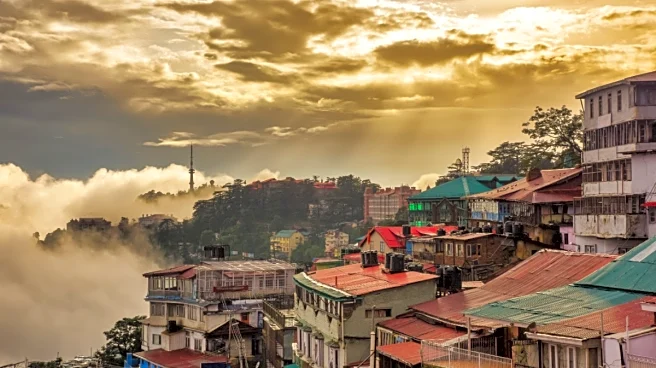

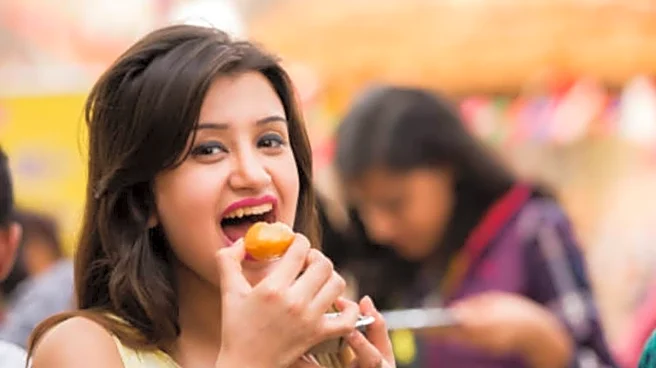
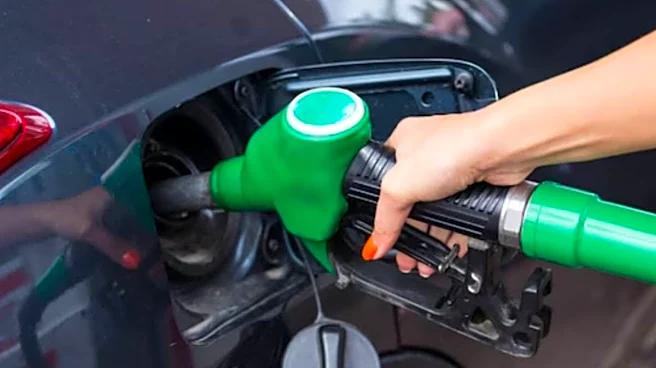

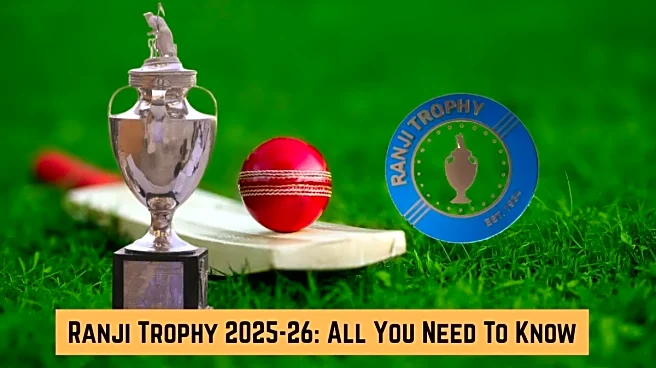

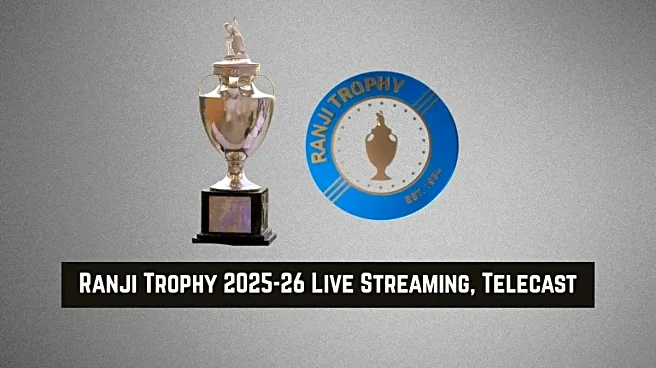
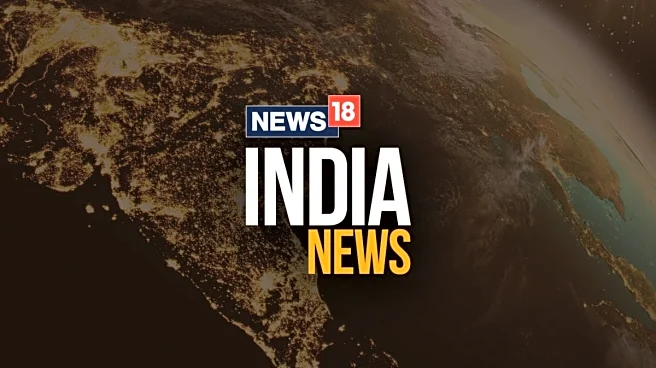
/images/ppid_a911dc6a-image-176052247789336151.webp)

/images/ppid_a911dc6a-image-176052244094956540.webp)
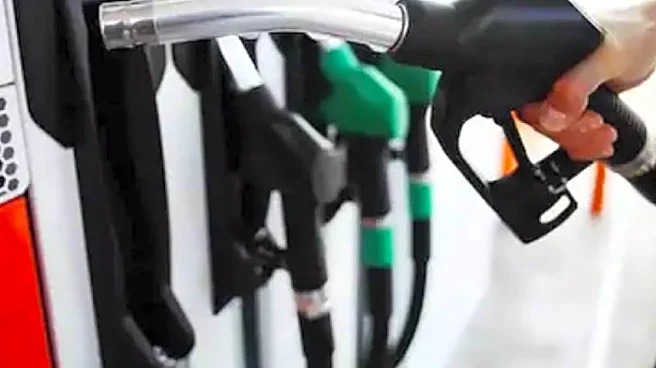
/images/ppid_a911dc6a-image-176030403529289768.webp)
/images/ppid_a911dc6a-image-176034043360781208.webp)
